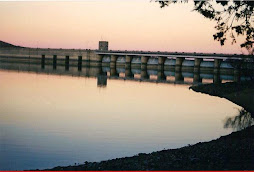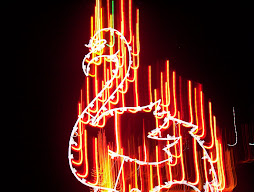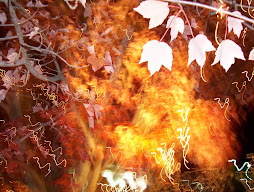The cause of the recent accelerated expansion of the magma, not its size, was not addressed, and therefore, remains unknown. The Truth Behind The Scenes:
Molten rock is pooling beneath Greece’s Santorini volcano, the site of one of the largest eruptions in the past 10,000 years.
The island in the southern Agean Sea, about 200 km (120 mi) southeast from Greece’s mainland, is the site of one of the largest volcanic eruptions in the past 10,000 years.
The Minoan eruption (sometimes called the Thera eruption), which occurred some 3600 years ago at the height of the Minoan civilization. The eruption left a large caldera surrounded by volcanic ash deposits hundreds of metres deep and may have led indirectly to the collapse of the Minoan civilization on the island of Crete, 110 km (68 mi) to the south, through a gigantic tsunami. Another popular theory holds that the Thera eruption is the source of the legend of Atlantis.
A new survey suggests that the chamber of molten rock beneath Santorini’s volcano expanded 10-20 million cubic metres — up to 15 times the size of London’s Olympic Stadium — between January 2011 and April 2012. The growth of this ‘balloon’ of magma has seen the surface of the island rise 8-14 centimetres during this period, a team led by Oxford University scientists has found.
The results come from an expedition, funded by the UK’s Natural Environment Research Council, which used satellite radar images and Global Positioning System receivers (GPS) that can detect movements of the Earth’s surface of just a few millimetres.
In January 2011, a series of small earthquakes began beneath the islands of Santorini. Most were so small they could only be detected with sensitive seismometers but it was the first sign of activity beneath the volcano to be detected for 25 years.
However, it still does not provide an answer to the biggest question of all: ‘when will the volcano next erupt?’
And that's a pretty good question to be asking, considering the power of the last Minoan eruption..
Molten rock is pooling beneath Greece’s Santorini volcano, the site of one of the largest eruptions in the past 10,000 years.
The island in the southern Agean Sea, about 200 km (120 mi) southeast from Greece’s mainland, is the site of one of the largest volcanic eruptions in the past 10,000 years.
The Minoan eruption (sometimes called the Thera eruption), which occurred some 3600 years ago at the height of the Minoan civilization. The eruption left a large caldera surrounded by volcanic ash deposits hundreds of metres deep and may have led indirectly to the collapse of the Minoan civilization on the island of Crete, 110 km (68 mi) to the south, through a gigantic tsunami. Another popular theory holds that the Thera eruption is the source of the legend of Atlantis.
A new survey suggests that the chamber of molten rock beneath Santorini’s volcano expanded 10-20 million cubic metres — up to 15 times the size of London’s Olympic Stadium — between January 2011 and April 2012. The growth of this ‘balloon’ of magma has seen the surface of the island rise 8-14 centimetres during this period, a team led by Oxford University scientists has found.
The results come from an expedition, funded by the UK’s Natural Environment Research Council, which used satellite radar images and Global Positioning System receivers (GPS) that can detect movements of the Earth’s surface of just a few millimetres.
In January 2011, a series of small earthquakes began beneath the islands of Santorini. Most were so small they could only be detected with sensitive seismometers but it was the first sign of activity beneath the volcano to be detected for 25 years.
However, it still does not provide an answer to the biggest question of all: ‘when will the volcano next erupt?’
And that's a pretty good question to be asking, considering the power of the last Minoan eruption..









































































































No comments:
Post a Comment